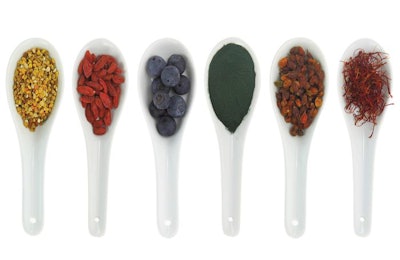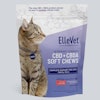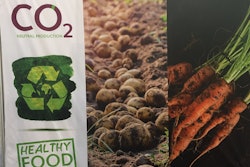
Consumer perceptions of the health benefits of ingredients in human foods – what experts with the Kerry Health and Nutrition Institute call “health halos” – can sometimes get ahead of the science. Does that sound familiar? It’s a common situation with pet foods, too.
This has important implications for product development, not only from the aspect of putting safe, truly healthy products on the market but also in complying with regulations, said Michael Kemp, Ph.D., nutrition manager for Kerry Taste & Nutrition, North America, during a webinar. While some human food companies have been careful to use ingredients with scientific studies backing their health or functional benefits, and may even make package claims that the ingredients are scientifically proven, there are also plenty of examples where companies have attempted to simply capitalize on consumer perceptions – those health halos – around specific ingredients. Again, this is all too familiar in pet food.
Getting ahead of the science behind ingredients
During the Kerry webinar, “Proactive Health: Combining Healthy Halos and Science,” Kemp’s co-speaker, Lisa Ryan, Ph.D., head of the Natural Sciences Department at the Galway-Mayo Institute of Technology in Ireland, presented an example of a health halo getting ahead of science. Apple cider vinegar is currently a hot ingredient in human foods; in a survey conducted by Kerry of 1,000 U.S. consumers, it was identified as a superfood and ranked sixth in a list of top 20 ingredients perceived to deliver functional benefits.
That’s probably because apple cider vinegar has cultural and historical evidence of contributing to weight loss, yet that evidence is mostly anecdotal, Ryan said. There is scant scientific proof of that benefit to date. And, overconsumption of the ingredient could lead to harmful effects, such as gastrointestinal upset or loss of tooth enamel.
Innovate by combining health halos with science
Yet, scientific proof of other ingredients’ health and functional benefits does exist, and Kemp suggested an innovation formula for combining that with health halos that may be adaptable to pet foods and treats. Start with what he called a welcome mat: an ingredient or substance “universally understood as healthy.” Then add a halo, an ingredient with a perceived health benefit; plus an anchor, a nutrient or ingredient with strong supporting science.
With human foods, if this strategy is executed successfully, you don’t even need to make product claims, Kemp added; consumers’ perceptions “do the work for you.” That concept may not translate to pet foods quite as well; even finding welcome mats, or pet food ingredients universally understood as healthy, may be problematic given all the competing feeding philosophies and ingredient controversies (such as with grain-free pet food) currently at play. In fact, I question the welcome mat Kemp used in one of his examples for human food: orange juice. Fruit juices are often knocked these days for being high in sugar, so is it really considered healthy by all?
Still, the idea of combining health halos with scientifically proven ingredients makes sense, I believe, and offers much potential for pet food, even though there’s less research on pet nutrition and the health benefits of certain ingredients for pets than what’s publicly available for human food.
Further food for thought
The Kerry consumer study offered further insights that also may aid in pet food product development. For instance, other ingredients on that top 20 list perceived to have functional benefits are either currently used in pet foods or have potential for research to prove their benefits to pets: omega-3 fatty acids/DHA, green tea, honey, probiotics, oats, ginger, ginseng, melatonin, avocado oil, chamomile, spinach, gingko biloba, coconut oil and blueberries. (Some on the list are definitely not safe for dogs and cats, such as coffee, garlic, grapefruit and dark chocolate.)
In addition, the survey found that 65% of U.S. consumers seek functional benefits in their everyday foods and beverages. While that’s the only way pets can receive beneficial ingredients, the desired product categories and forms for human foods identified by survey participants could spur ideas for product development. Those include vitamins and supplements, nutritional beverages, yogurt, protein powders, granola bars, smoothies and even a very traditional human food: breakfast cereals. Are there untapped product categories or formats in pet foods, too?


















